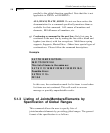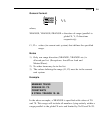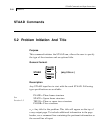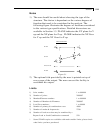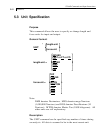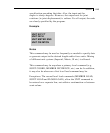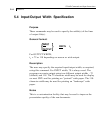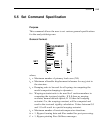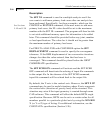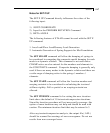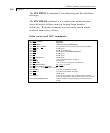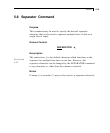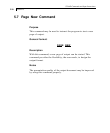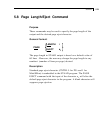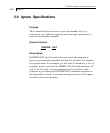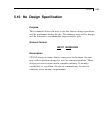
STAAD Commands and Input Instructions
Section 5
5-16
Description
The SET NL command is used in a multiple analysis run if the
user wants to add more primary load cases after one analysis has
been performed. Specifically, for those examples, which use the
CHANGE or RESTORE command, if the user wants to add more
primary load cases, the NL value should be set to the maximum
number with the SET NL command. The program will then be able
to set aside additional memory space for information to be added
later. This command should be provided before any joint, member
or load specifications. The value for i
1
should not be greater than
the maximum number of primary load cases.
See Sections
5.18 and 5.38
For PDELTA ANALYSIS with CONVERGE option the SET
DISPLACEMENT command is used to specify the convergence
tolerance. If the RMS displacement of two consecutive iterations
changes less than the value entered, then that load case is
converged. This command should be placed before the JOINT
COORDINATE specification.
The SET ECHO ON command will activate and the SET ECHO
OFF command will deactivate the echoing of input file commands
in the output file. In the absence of the SET ECHO command,
input file commands will be echoed back to the output file.
By default, the Y-axis is the vertical axis. However, the SET Z UP
command may be used to model situations where Z-axis represents
the vertical axis (direction of gravity load) of the structure. This
situation may arise if the input geometry is created through some
CAD software. This command will affect the default BETA angle
specification. However, BETA can be set to a certain value for all
members parallel to a particular global axis by using the MEMBER
X (or Y or Z) type of listing. For additional information, see the
CONSTANTs specification (Section 5.26).



